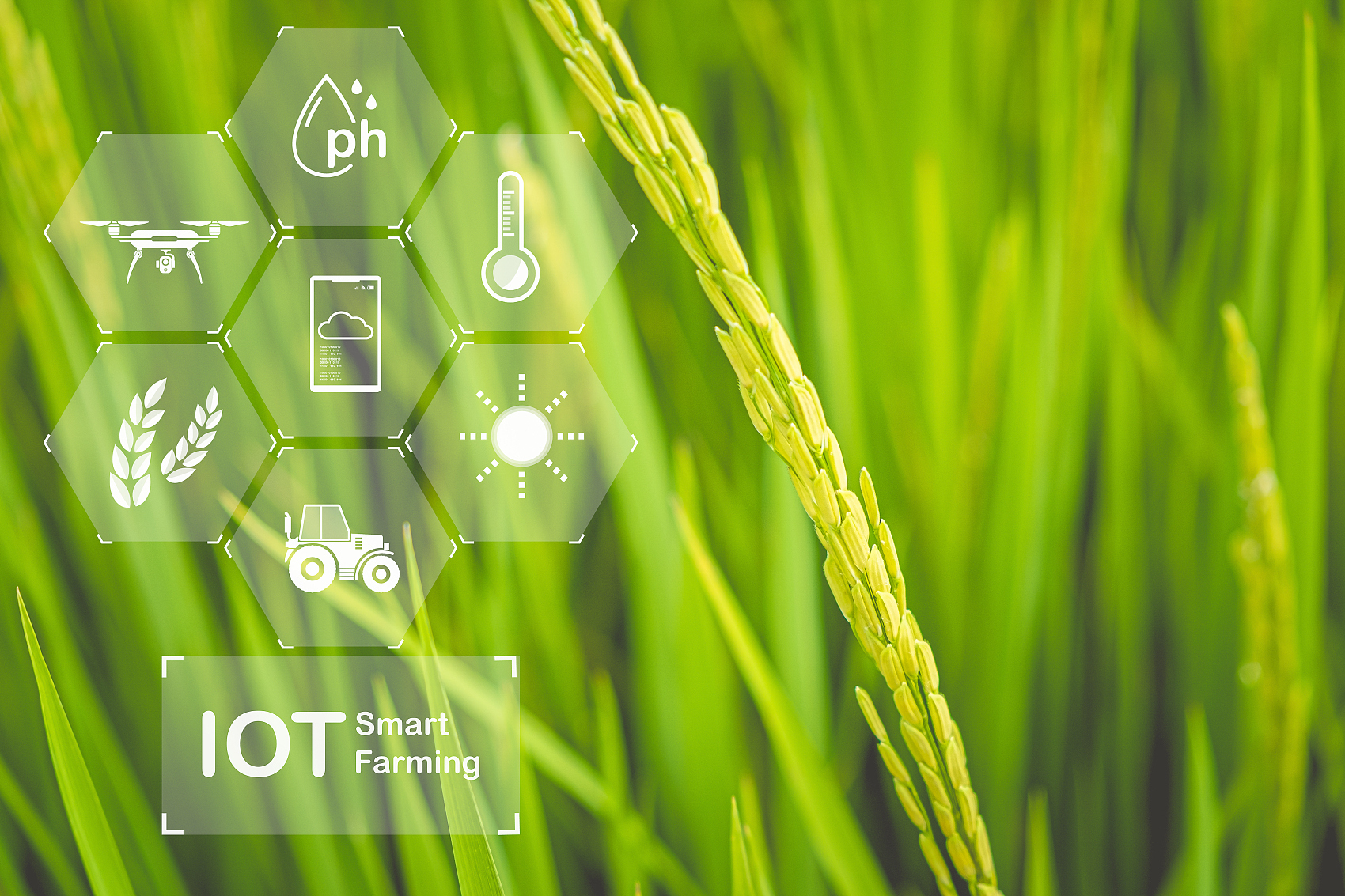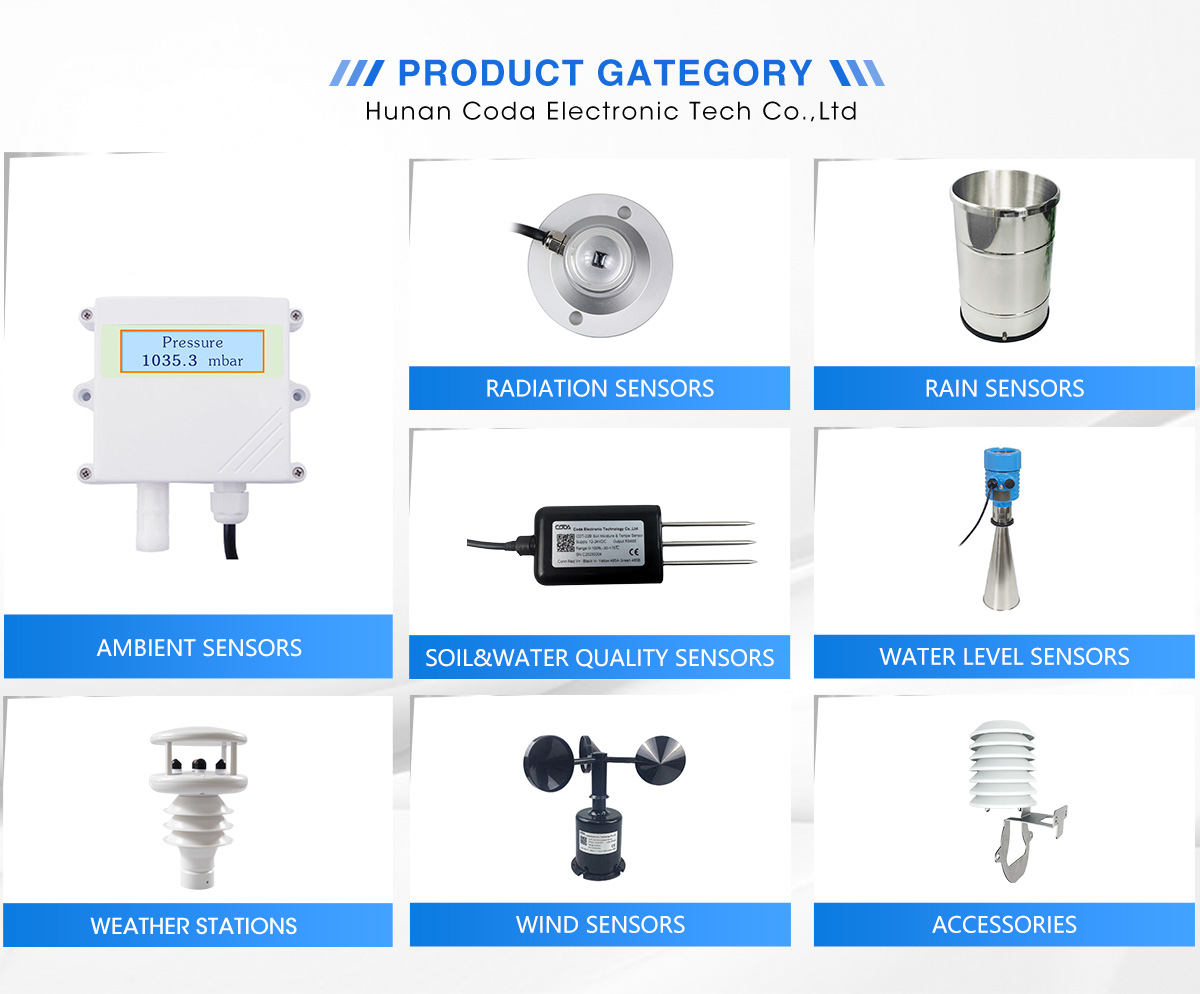Introduction
In modern agriculture, environmental monitoring is crucial for maximizing crop yields and resource efficiency. Integrated weather stations have sensors for wind, temperature, and humidity.
They give farmers real-time data about their local climate. This helps them make better decisions for irrigation, pest control, and crop management. These systems are becoming essential for precision farming, helping growers adapt to climate change while reducing waste.
This article looks at how AI-powered weather stations help farmers make better decisions. It focuses on sensor technology, benefits, and top solutions like Coda Sensors’ systems.
Weather directly impacts crop health, water needs, and disease risks. Key parameters include:
Affects pesticide spraying efficiency (drift control).
Influences pollination and soil erosion.
Helps predict frost and storm damage.
Determines planting and harvesting schedules.
Impacts germination rates and crop stress.
Critical for greenhouse climate control.
High humidity increases fungal disease risks (e.g., mildew, blight).
Low humidity leads to excessive evaporation and water stress.
Without accurate data, farmers may water too much, use too little fertilizer, or miss pest problems.

Modern agricultural weather stations combine multiple sensors with IoT connectivity for seamless data collection and analysis.
✔ Anemometer – Measures wind speed/direction.
✔ Thermometer – Tracks air/soil temperature.
✔ Hygrometer – Monitors humidity levels.
✔ Solar Radiation Sensor – Assesses sunlight exposure.
✔ Rain Gauge – Quantifies precipitation levels.
✔ Data Logger & Wireless Transmitter – Sends updates to cloud platforms.
AI-Powered Predictive Analytics – Forecasts disease risks based on humidity trends.
Automated Alerts – Notifies farmers of frost, drought, or high winds.
Integration with Irrigation Systems – Adjusts watering schedules based on real-time weather.
Avoids excessive watering by modifying schedules according to rain and moisture.
Reduces water waste, lowering costs and conserving resources.
High humidity + temperature = fungal risk alerts.
Wind data ensures targeted pesticide application (reducing drift).
Historical weather trends help select best planting times.
Frost warnings protect sensitive crops.
Automated climate control reduces heating/cooling costs.

Coda Sensors offers rugged, high-precision weather stations designed for farming applications. Their solutions include:
All-in-One Agro Weather Station – Combines wind, temperature, humidity, and rainfall sensors.
Solar-Powered Remote Monitoring – Ideal for off-grid farms.
API Integration – Works with farm management software (e.g., FarmLogs, AgriWebb).
✅ Military-grade durability – Resists dust, rain, and extreme temperatures.
✅ Real-time data with <2% error margin – Ensures reliable decision-making.
✅ Plug-and-play setup – No technical expertise required.
Hyperlocal Microclimate Mapping – Drones + weather stations create 3D farm climate models.
Blockchain for Weather Data – Secure, transparent records for organic certification.
5G-Enabled Edge Computing – Faster data processing for PREVIOUS:Compact Weather Monitoring Systems For Precision Agriculture NEXT:Soil pH, EC, and NPK Sensors For Precision Farming
Learn how CODA Sensor solar radiation and PAR se
Discover how real-time weather station data impr
Discover how Automatic Weather Stations (AWS) ar
Contact: Molly
Phone: +86-17775769236
Tel: 86-0731-85117089
Email: molly@codasensor.com
Add: Building S5, Aux Square, Yuelu District, Changsha City, Hunan Province, China
We chat